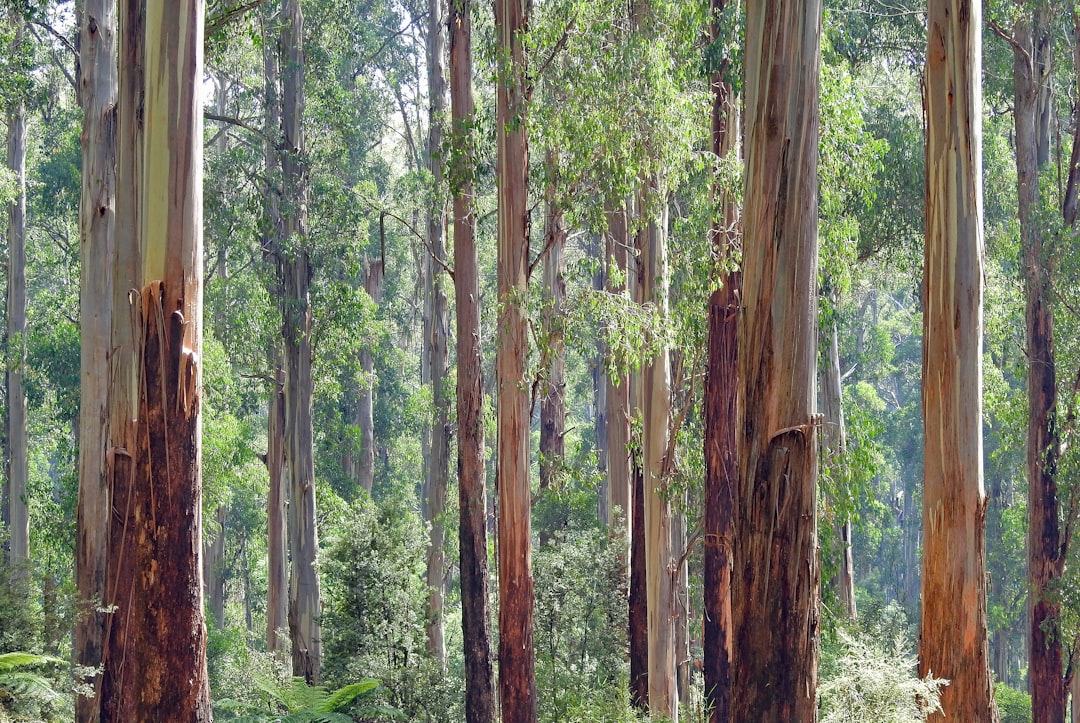What is it about?
Flowers, fruits, and seeds of the seagrass, Halodule wrightii are found at and below the sediment surface and typically only during spring months. We documented Halodule reproductive structures on several occasions at several sites over more than a decade in the Laguna Madre (USA). Sexual reproduction in seagrasses have been reported as infrequent, but sexual reproduction in H. wrightii is more common than previously believed and the seed bank reserve may contribute to its survival and ecological role as a colonizer of disturbed sediments.
Featured Image
Why is it important?
Sexual reproduction in seagrasses has often been reported through the years as infrequent. Our findings show that Halodule wrightii in the Laguna Madre flowers and sets seed consistently over at least decades.
Perspectives
This article arose from encountering Halodule wrightii flowers, fruits and seeds at several study sites in the Laguna Madre since 1995. The accumulation of data from several observations and dedicated sampling efforts came together to finally tell this story.
Mr. Joseph Kowalski
The University of Texas Rio Grande Valley
Read the Original
This page is a summary of: Flowering and seed production in the subtropical seagrass, Halodule wrightii (shoal grass), Botanica Marina, January 2016, De Gruyter,
DOI: 10.1515/bot-2015-0099.
You can read the full text:
Contributors
The following have contributed to this page










